Nestled on the slopes of Mount Cecubo, Esperia is part of the Parco Naturale dei Monti Aurunci in Ciociaria, where the ruins of the Norman Castle of Roccaguglielma still stand.
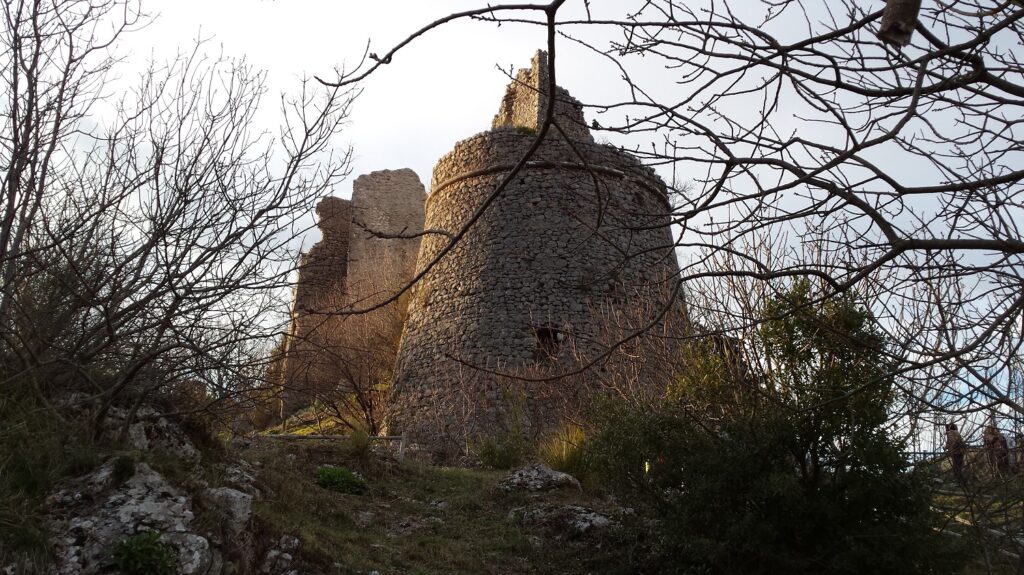
The Roccaguglielma Castle
The fortress, whose walls and towers are visitable for free, was built around 1103 by the Norman knight William of Glossavilla, to strategically control a mountain pass which connected the Norman fiefdoms of Pontecorvo and Aquino with Gaeta, without passing through Cassino. Among the noble families who owned the castle, were the Spinelli, who carried out its construction in the fourteenth century, the della Rovere, and the Farnese.
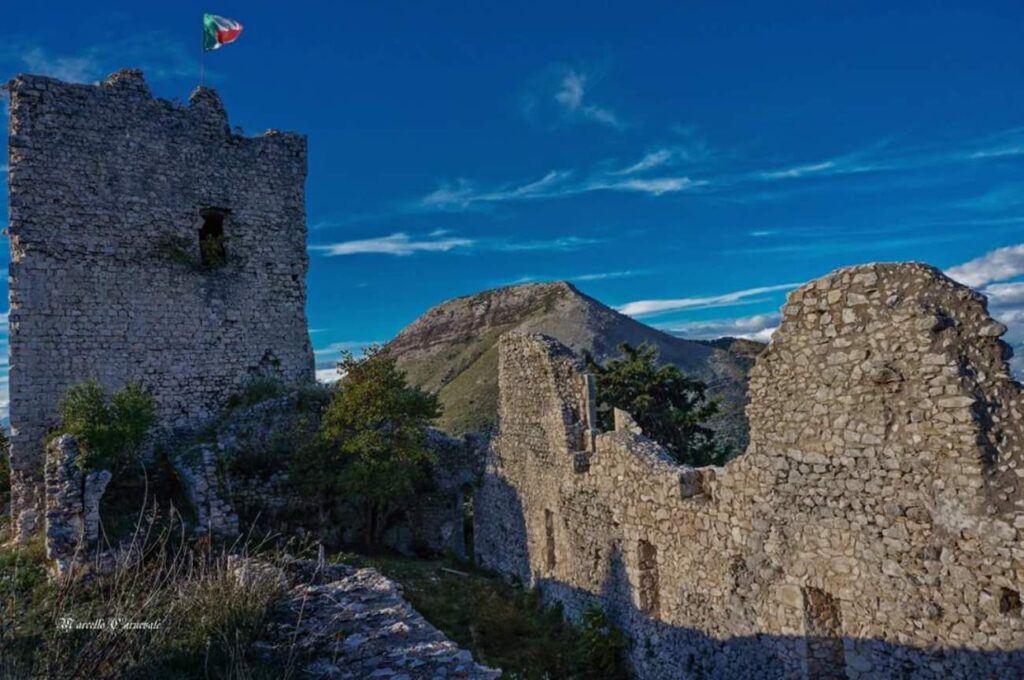
Roccaguglielma – comune.esperia.fr.it
Esperia includes the four hamlets of Badia di Esperia, Monticelli, Roccaguglielma (or Esperia Superiore), and San Pietro in Curolis (or Esperia Inferiore). The historic centre of Esperia Superiore has been dominated by the Palazzo Baronale Spinelli since 1470, built on behest of the powerful Spinelli Family and today a municipal property managed by the Parco Naturale dei Monti Aurunci. Disability access service is only possible in certain areas of the palace.
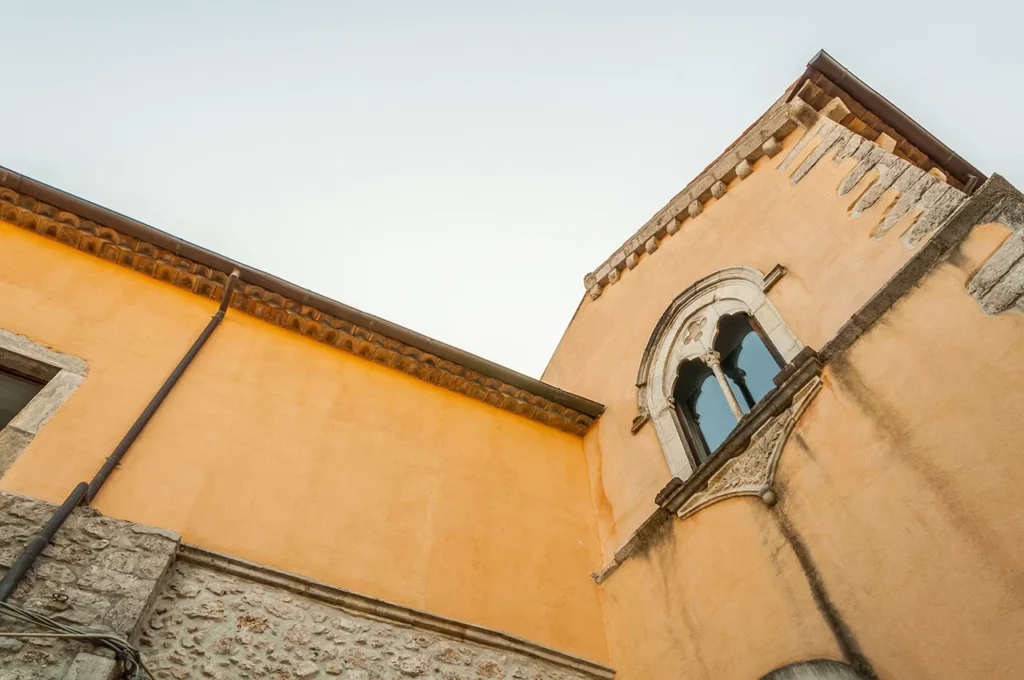
Palazzo Spinelli, Karst Museum – comune.esperia.fr.it
Palazzo Spinelli now houses a hostel and the Museo del Carsismo, which displays artifacts with explanatory panels and interactive installations concerning the karst territory of the Aurunci Mountains. The museum, free of charge and accessible to disabled, was created by a Roman speleological group to explore the geology, flora, and fauna of the caves and to examine ancient paleontological finds. One of the museum’s newest attractions are some huge casts of dinosaur footprints discovered in San Martino di Esperia. The oldest ones in Lazio, they consist of more than forty footprints belonging to approximately three species of dinosaurs, dating back to almost 120–140 million years ago, that is, in the Cretaceous period, when the entire area was covered in water. Subsequently, various layers of material accumulated in the footprints left in the mud.
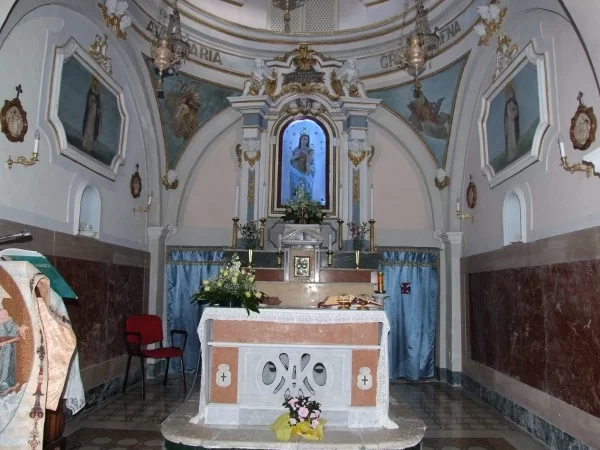
Sanctuary of Santissima Madonna delle Grazie – comune.esperia.fr.it
Particularly interesting is the Church of the Santissima Madonna delle Grazie, erected in the 1300’s in the historic centre.

The Church of San Pietro Apostolo – comune.esperia.fr.it
The tenth-century Church of San Pietro Apostolo in Esperia Inferiore, destroyed and rebuilt several times over the centuries, preserves precious paintings of the Neapolitan school.
Horse riding is a popular sport in Esperia, thanks to the presence of the renowned Ciociaria ponies, the only native Italian species. Of ancient origins, they had always been living wild, until the Baron Ambrogio Roselli began to breed them. In 1962, the Esperia pony was officially recognized as a breed.
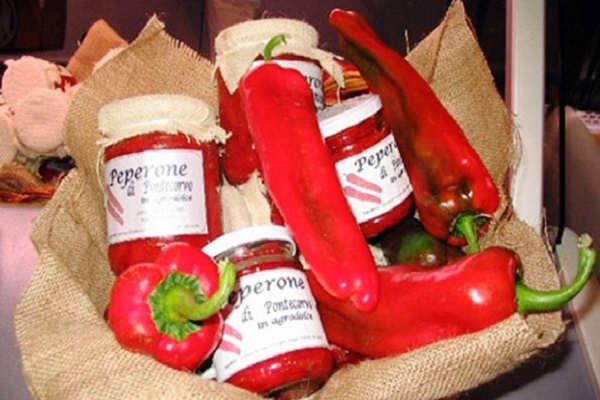
The Pontecorvo Pepper DOP
Among the local products are the Pontecorvo Peppers DOP, the olive oil from the Monte d’Oro olive groves, and the wines Reale Bianco and Olivello Rosso, a descendant of the cæcubum, the wine favoured by the Romans and even mentioned by Horace.
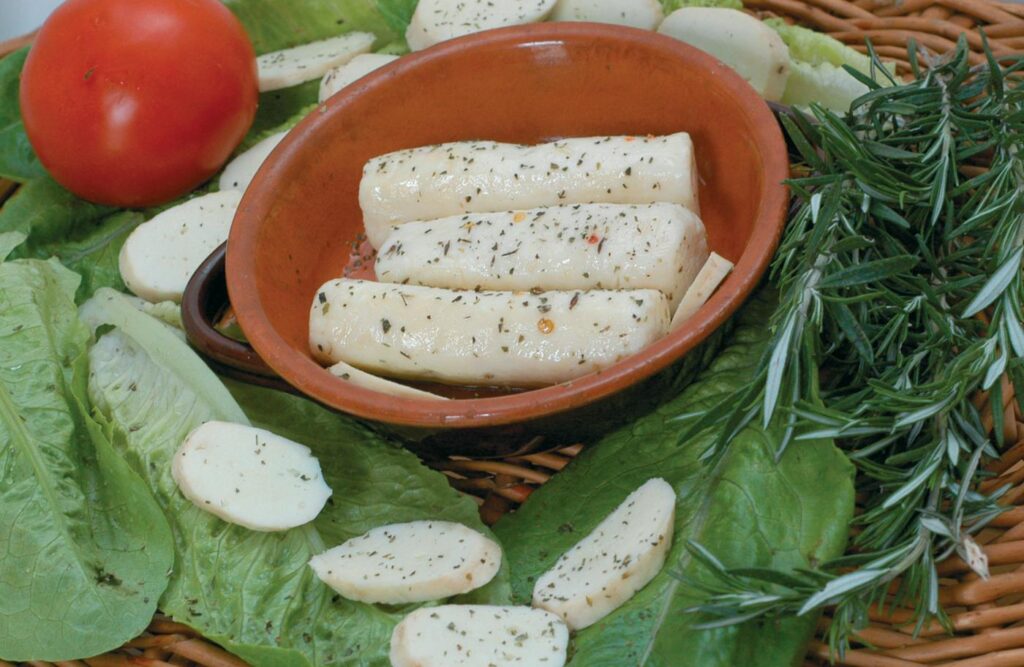
the marzolina
The Marzolina from Esperia is an intense flavoured, soft, spicy cheese mainly produced with the milk of goats raised in the Lepini, Ausoni, and Aurunci Mountains, and in the Comino Valley. The cheese, a Slow Food Presidium, was included in the National List of Traditional Agri-Food Products. In mid-August, Marzolina is celebrated in Esperia through a festival along with the precious local oil. Among the typical dishes, the mazzuttegl, gnocchi with meat sauce or truffle, are particularly appreciated and celebrated at the end of July along with the pasta dish laina and fagioli. Zeppole, (delicious custard cream pastries) and ciammaruche (snails with tomato sauce, spicy pecorino cheese, and mint) can be tasted during the feast of Saint Clino Abate on March 30. The remains of the saint are preserved in the Church of Santa Maria Maggiore e San Filippo Neri, along with a sixteenth-century altarpiece attributed to Taddeo Zuccari. The church, built around 1200 in the historic centre, was at first only named Santa Maria Maggiore, and later also dedicated to Saint Filippo Neri, who visited Esperia during his pilgrimage from Montecassino to Gaeta between 1532 and 1534.
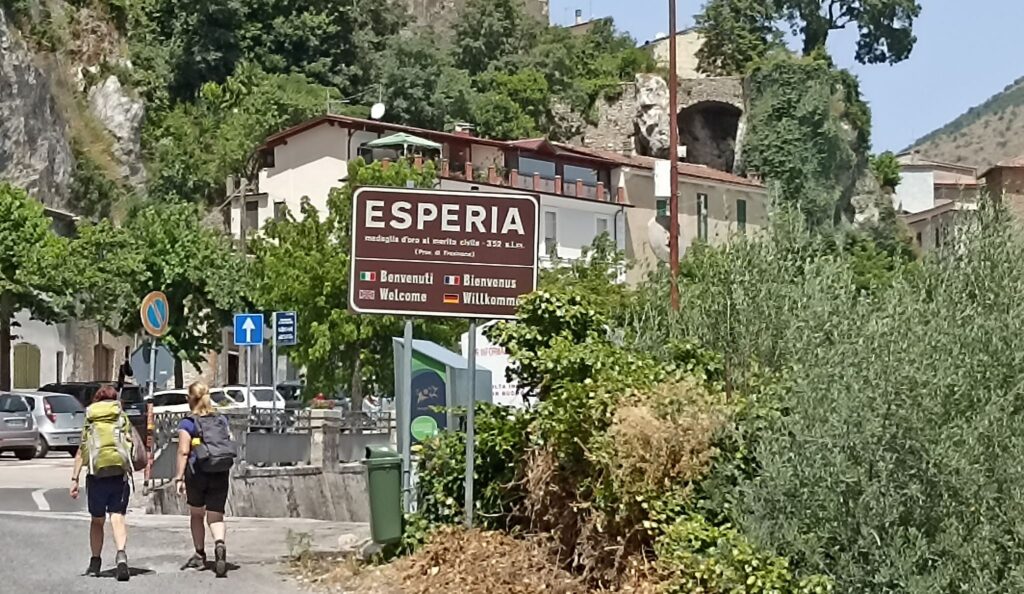
Cammino di San Filippo Neri – Facebook @Cammino di San Filippo Neri
The Cammino di San Filippo Neri, the 120-kilometre route that connects the towns of Cassino and Gaeta in the two provinces of Frosinone and Latina, is divided into seven stages. Halfway along the route, rises Esperia Superiore, the ancient Roccaguglielma, and then, the itinerary continues towards the Seggio di San Filippo Neri, where the saint rested from the fatigues of his journey.

The Church of Santa Maria della Valle – comune.esperia.fr.it
The Church of Santa Maria Maggiore houses the statues of San Marco and the Madonna della Valle, the latter celebrated on the first Sunday of May, to commemorate her apparition to a shepherdess in the village of Selvi. On Saturday evening, the two statues are carried on procession (the Madonna from the Church of the Madonna della Valle and San Marco from the Church of Santa Maria Maggiore) and meet at the intersection of Via Selvi and Via Provinciale. After the fireworks show, the reunited faithful bring back the two statues to the Church of Santa Maria Maggiore.
